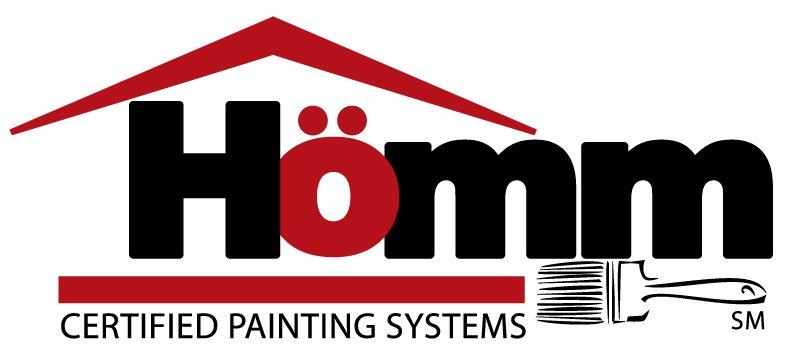Dusting off the old wooden picnic table in anticipation of the summer months ahead really is one of the joys of the season. Garden furniture in general being a real harbinger of summer, sparking dreams of lazy afternoons and evenings enjoying the outdoors while you can.
That is, unless your garden furniture is in a pretty sorry state.
Whether neglected for years or simply allowed to deteriorate over the winter months, it’s not uncommon to break out the garden furniture come spring and find it looking a bit worse for wear. Particularly in the case of wooden garden furniture, which can quickly become rather tired-looking and uninspiring. The distressed look is fine if you can get away with it, but it’s not always so easy where wooden picnic tables are concerned.

On the plus side, refinishing a wooden picnic table is easier than you’d probably expect. Not only this, but get it right and you could be looking at a result that has it looking and feeling like new. Just as long as you don’t mind dedicating a day or two of your time, the rest is pretty much a piece of cake.
So if you’re looking at a wooden picnic table that seems to have seen better days, here’s a quick overview of the refinishing process from your friends at Homm CPS:
Step 1 – Apply a Chemical Stripper
Before going any further, chemical strippers should be approached with extreme caution. Powerful chemical strippers can be extremely harmful to your lungs, your skin, your eyes – your whole body, in fact. They get the job done great, but need to be used extremely carefully and only ever where there is abundant ventilation. Pour the stripper onto the wooden surface in accordance with the manufacturer’s instructions, using quality PPE at all times. Ensure that all areas are sufficiently covered, before leaving it in place for the period of time specified by the manufacturer.
Step 2 – Scrape Away the Previous Finish
Once the chemical stripper has done the business, it should be easy to strip the previous finish away. Arm yourself with a good quality putty knife and get to work on one small area at a time, ensuring you remove every last trace of the previous finish. Try to avoid leaving too much behind, as this will adversely affect the quality of the final result.
Step 3 – Remove the Chemical Stripper
At this stage, there will still be a fair amount of the chemical stripper left on the table to remove. In order to get rid of it, you’ll need to use a hose or pressure washer to rinse it away thoroughly. If there are still traces of the stripper, you’ll need to invest in some turpentine to get rid of it. Once again, you’ll find all you need to know about removing the chemical stripper in the manufacturer’s guidelines.
Step 4 – Sand the Table
Next up, you need to give the table sufficient time to dry thoroughly. If possible, make sure you leave things at least a day or so after blasting it with water. Once you are happy the whole thing is as dry as it’s going to get, use some medium sandpaper – or an electronic device if you prefer – to go over the entire surface of the table. This will create a rough surface to help the paint stick. When complete, use a cloth to get rid of as much of the sawdust and general residual dirt as possible.
Step 5 – Use Wood Filler
This is the perfect time to see if there are any areas around the table that could do with a little additional TLC. Grab yourself some quality wood filler and use it liberally around the table to improve its appearance if necessary. Once dry, you’ll need to sand the filler like you did the table.
Step 6 – Apply Stain
Now comes the time to apply the stain of your choosing. Feel free to be as creative as you like with the various colors available, using a paint brush and protecting yourself with good quality PPE. Do your best to cover the surface evenly and give it plenty of time to dry.
Step 7 – Seal the Table
Last but not least, it’s important to apply at least two coats of premium polyurethane to protect your table and its finish. Apply the first coat in accordance with the manufacturer’s instructions, give it plenty of time to dry and apply a second coat to finish things off.
For more information on any aspect of exterior painting or to discuss your requirements in more detail, get in touch with a member of the Homm CPS team today.
